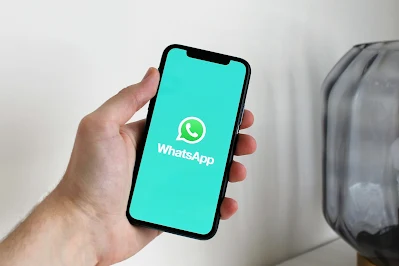 |
| Image: Samsung |
Samsung has commenced the rollout of its latest software update, One UI 6.1.1, to its Galaxy smartphones and tablets. While not a major update, One UI 6.1.1 brings several new features and enhancements to the table, including additional Galaxy AI features, improved animations, and support for new accessories.
What's New in One UI 6.1.1?
One UI 6.1.1 introduces several new features, including:
- Additional Galaxy AI features, such as "Listening Mode" in Interpreter, "Composer" for Chat Assist, and "Suggested Replies" on select devices
- "PDF Overlay Translation" in the Samsung Notes app, alongside other improvements to Note Assist
- "Sketch to Image" feature, which allows users to add content to an existing image based on a rough sketch
- A dedicated section in the Settings app for Galaxy AI
- Enhanced animations and app updates
- Support for new accessories, such as the Galaxy Buds 3 and Buds 3 Pro
Eligible Devices
As of September 20, the following Galaxy devices have received the One UI 6.1.1 update:
- Galaxy S24
- Galaxy S24+
- Galaxy S24 Ultra
- Galaxy S23
- Galaxy S23+
- Galaxy S23 Ultra
- Galaxy S23 FE
- Galaxy S22
- Galaxy S22+
- Galaxy S22 Ultra
- Galaxy Z Flip 5
- Galaxy Z Fold 5
- Galaxy Z Flip 4
- Galaxy Z Fold 4
- Galaxy Tab S9
- Galaxy Tab S9+
- Galaxy Tab S9 Ultra
- Galaxy Tab S8
- Galaxy Tab S8+
- Galaxy Tab S8 Ultra
Samsung has also pre-installed One UI 6.1.1 on the Galaxy Z Fold 6 and Galaxy Z Flip 6.
How to Check for the Update
To check for the One UI 6.1.1 update on your Samsung Galaxy device, follow these steps:
- Go to Settings > Software update
- Tap "Download and install" to check for any new updates
Future Updates
While the above list includes devices that have already received the update, Samsung is expected to roll out One UI 6.1.1 to other Galaxy devices in the future. This will likely include past generations of flagship Galaxy phones, as well as mid-range smartphones and tablets.
Stay tuned for further updates on the rollout of One UI 6.1.1 to other Galaxy devices.






